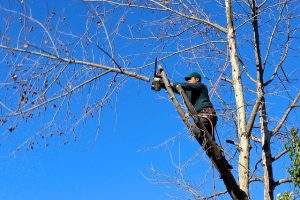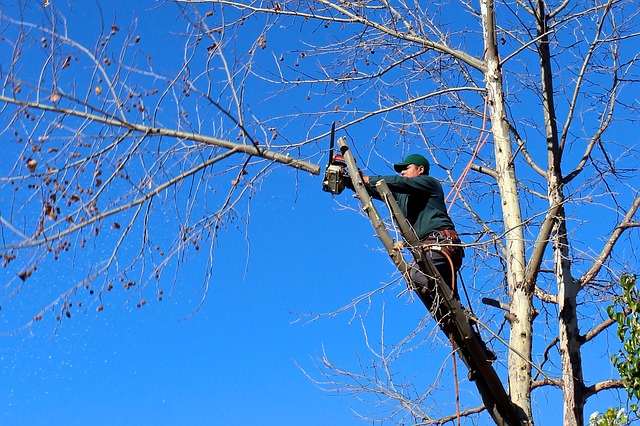To receive tree removal assistance, you must own a primary residence, have a tree that is at least 20 feet tall and 10 inches in diameter. You must also have the tree within 300 feet from the applicant’s property. The tree must also be easily accessible by a tree service or qualified volunteer. This program is funded by the county at $200,000 and expires March 2019. The program has already removed 20 trees. More than 260 homeowners have called the county to request assistance.
If the tree is in danger of death or irreparable damage, the government will take over the work. In addition, the government will trim the trees on public property. These services are often quite costly, so those who are elderly or low-income can take advantage. Fortunately, there are many different programs that can provide financial assistance for tree removal, but not everyone qualifies. You can find out if you qualify by contacting your local government, or the Department of Aging.
You can also get assistance from the city or municipality. If the tree is found near a street it is likely that it belongs to the city. In these cases, the city can assist you with tree removal. A professional arborist will use cranes or other equipment to safely remove a tree. It is recommended to hire a tree service to remove a tree that is too large for you to handle yourself.
You may be eligible for financial aid or grants if you are an older person to help with tree removal costs. The city’s Hazardous Tree Removal Program has been made simpler and is now available to seniors with low incomes. This program has recently been expanded to the Auburn Lake Trails and Grizzly Flats neighborhoods of El Dorado County. These areas are the only ones that have not previously received any assistance through the CAL FIRE Tree Mortality grant.

Depending upon the situation, the county might provide assistance in tree removal. The county will cover the costs of trimming the tree if it is in the city’s boundaries. The city will also assist elderly residents who have low incomes. However, a senior living alone cannot afford to remove a tree. For example, a neighbor may have a tree that is owned by the city. It is possible that the city will pay for the tree’s removal.
The city may be able help if the tree’s location is within walking distance of the street. If it is on your neighbor’s property, the city will often provide free assistance to assist the elderly. If the tree is within walking distance of a street, the city may be able to pay for its removal. A senior living in an assisted-living facility will also benefit from this program. If a tree threatens the senior’s health, they should seek help.
You should consider a tree service if you are a senior living alone and have difficulty climbing. The cost of the service may vary depending on how large the tree is and how healthy it is. It may be more challenging to remove a large tree than a smaller tree, so it is important to find a company with cranes. A crane is a crane used to remove trees, so it will be safer for the elderly to be in a wheelchair.
Not only can you get assistance with tree removal, but you can also ask the city for help. It is possible that the city will help if the tree is located near the street. If the tree is within walking distance of the street, the city can provide assistance. A senior living residence is likely to be the first contact point for a neighbor looking for help. No matter what age, it is possible to offer wood to a stranger. Depending on your situation, you can make an arrangement with a stranger to help them remove the tree.
Another option for tree removal assistance for elderly homeowners is the city. The city will remove trees that are near the road for free. The city will free-of-charge remove trees that are too close to the street. The cost of the service may also be covered by financial aid. This is possible because the county is willing to help. Its residents need help to remove trees from their neighborhoods. If they have low incomes, they should seek assistance from the city.


